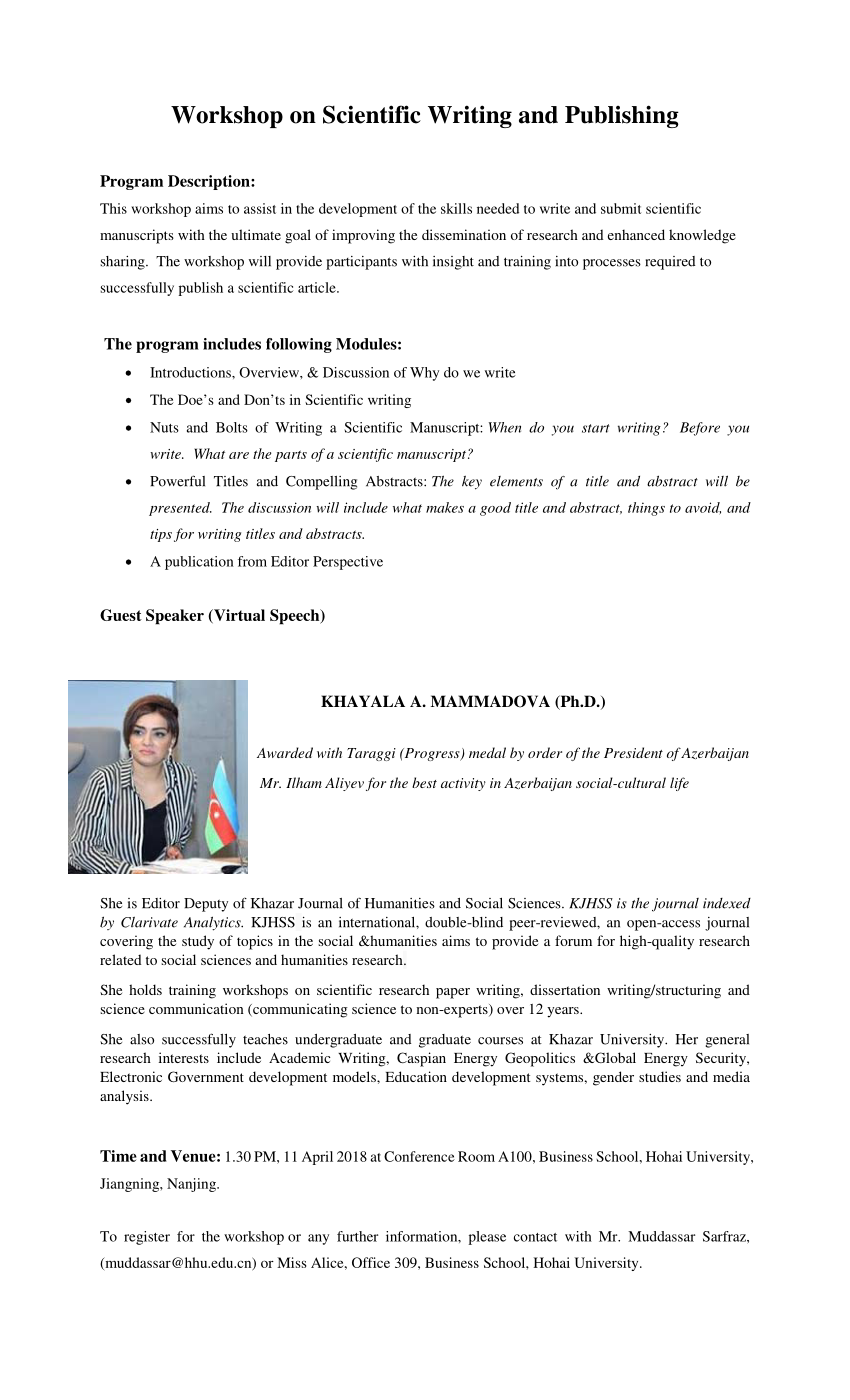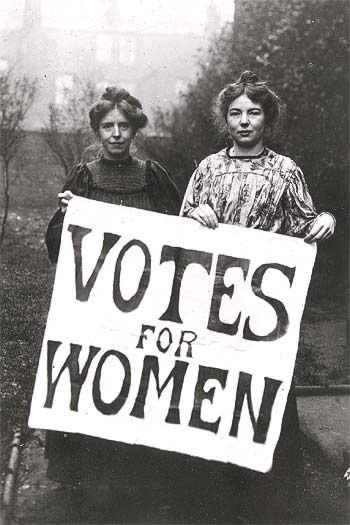Essay about Civil Rights Movements of the 1950's and 1960.
The first movement that became famous under the name Civil Rights Movement was the American Civil Rights Movement of the 1950s and 1960s, which struggled for equal rights for African-Americans. This movement encouraged other civil rights movements in other democracies, and in countries without a fascist or colonial government. Mass movements for democracy, in countries like South Africa, in.
Fighting for Civil Rights during the 60's The struggle began with non-violent protests. Backed by students, the civil rights movement trudged onward. African Americans staged mass protests to show their support. Despite all this, many racial barriers still remained in the South. Black objectives were redefined in the 60's when militant black consciousness developed. The great society emerged.

THE NEED FOR A VISION OF ALTERNATIVES By Trevor Ngwane INTRODUCTION South Africa has arguably the highest rate of protest action in the world.(1) In the debate on the role and nature of civil society some light might be shed from a consideration of the widespread protests that pepper the South African landscape.(2) In this chapter we will look at how civil society, in the form of working class.

From the 1950s through the 1970s, movements for civil and social rights, equality, and justice swept the United States. As the photograph of a civil rights rally at San Jose State College (now SJSU) shows, the movement wasn't limited to African Americans but also drew from the white community. As the movement gained ground, however, it created a backlash of racism in many parts of the country.

The American Indian Civil Rights Movement: A case study in Civil Society Protest. on certain aspects of the social upheaval the US experienced during the 1960s and 1970s. Under the heading of “Civil society protests of the 1950s to the 1970s”, grade 12 learners examine the American Civil Rights and Black Power movements, the Women’s movement, and the various peace movements, of that.

The Civil Rights Movement won more rights for African-Americans because African-American people fought for equality and justice. The only way they could do this was by publicly bring attention to the civil rights activities and efforts. They use a number of protests to emphasize and encourage the importance of non-violent protests and resistance. There were a number of important individuals.

The civil rights movement, as a national force, took root in the 1950s but greatly expanded in power in the 1960s. It originated among black Americans in the South who faced racial discrimination and segregation, or the separation of whites and blacks, in almost every aspect of their lives. In 1960 black Southerners often had to sit in the back of public buses, were refused service in most.

In this trend, television became an indispensable part of a strategy to attract the attention of society in 1960’s civil rights movement with the question of how to get a television cameraman concerned for leaders of the movement (Kurlansky, 2005). The Student Nonviolent Coordination Committee’s Mary King said, “The skillful use of the news media for public education is the modern.

The Cold War; View Topics. Toggle navigation. Topics. Grade 12. The Cold War; Independent Africa; Civil Society Protests: 1950s to 1970s; Civil Resistance in South Africa 1970s to 1980; The Coming of Democracy in South Africa and Coming to Terms with the Past; The End of the Cold War and a New World Order: 1989 to the present; Exam Revision; Filter by resource type: Filter. Sort by. Order.

Conditions for minorities Montgomery Bus Boycotts African-American woman, Rosa Parks's, arrest after her refusal to move to the back of a bus (as required under city law in Montgomery, Alabama) triggers a citywide boycott of the bus system. Citations (cont.) Greensboro, NC Lunch.

QUESTION 6: CIVIL SOCIETY PROTESTS FROM THE 1950s TO THE 1970s: THE CIVIL RIGHTS MOVEMENT 2. 3. 4. SECTION A consists of THREE source-based questions. Source material that is required to answer these questions can be found in the ADDENDUM. SECTION B consists of THREE essay questions. Answer THREE questions as follows: 4.1 4.2 At least ONE must.

The Development of the Civil Rights Movement by Protests Essay. Length: 1150 words (3.3 double-spaced pages) Rating: Strong Essays. Open Document. Essay Preview “I have a dream”, these are some of the most famous words from a civil movement and even in any protest in the world. These words were spoken by Martin Luther King in a peaceful protest, but there were more than just peaceful.

QUESTIONS 3 AND 6 CIVIL SOCIETY PROTESTS 1950s 1970s What forms of civil from LADHSSA 1 at University of South Africa.



